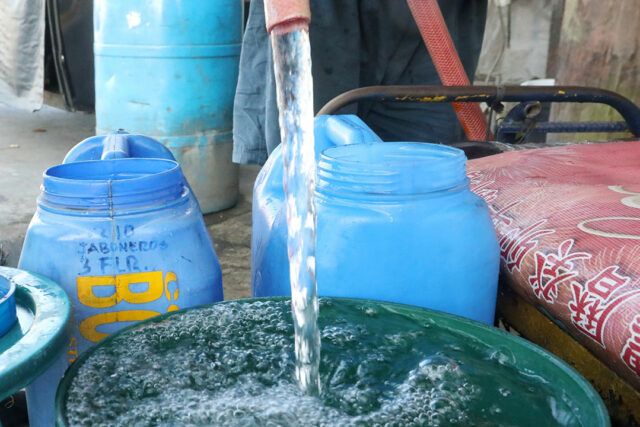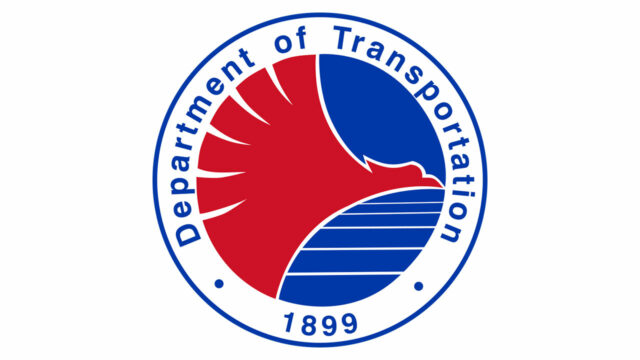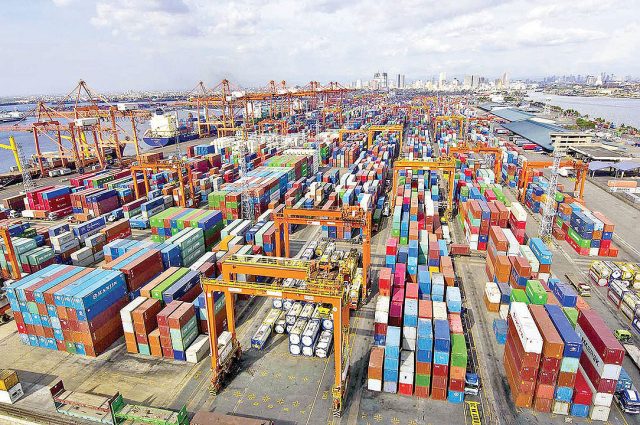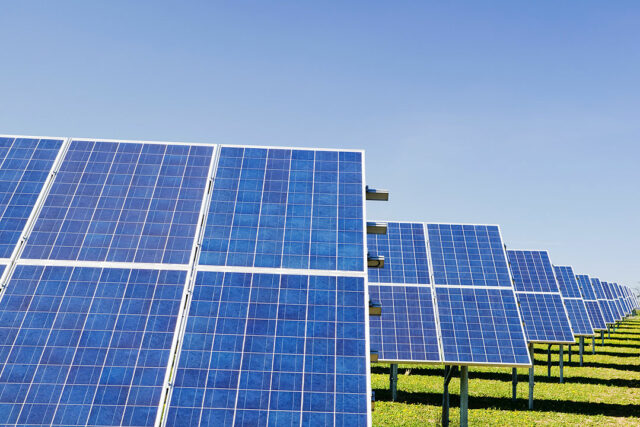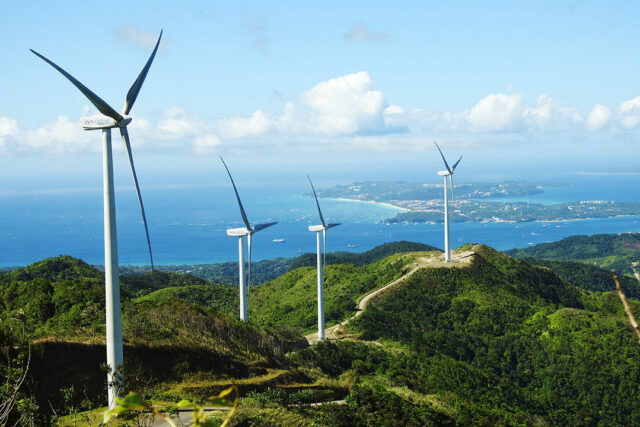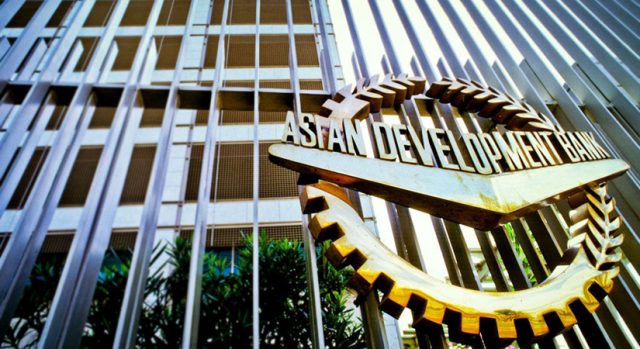By Sheldeen Joy Talavera, Reporter
POLICY MAKERS need to ensure that the planning, timelines, and assessment of investments in grids are aligned with long-term targets for the renewable energy (RE) buildout, the International Renewable Energy Agency (IRENA) said.
“Investments in the electricity grid have lagged behind those in renewable power and must now significantly ramp up in anticipation of the considerable renewable energy power additions required,” IRENA said in a report.
“Countries need to prepare for the large amount of VRE (variable renewable energy) that will come online in the next few decades, as grid investments must be made 3-5 years before renewable energy investments to mitigate the overall system costs of greater renewable penetration,” it added.
IRENA said that the total global installed renewable power generation capacity would need to expand to 11,174 gigawatts (GW) by 2030 from 3,382 GW in 2022, according to its 1.5°C Scenario.
The scenario identifies “‘a technically and economically feasible pathway” to an energy future that is consistent with Paris Agreement goals, the agency said.
Asked to comment, Jose M. Layug, Jr., president of Developers of Renewable Energy for AdvanceMent, Inc., said in a Viber message that the Philippines needs to ensure that all necessary infrastructure, especially the transmission and distribution lines, is upgraded and can accommodate all the new RE capacity.
“I understand that this administration is working on this and is looking at allowing also the private sector to advance the cost of transmission subject to reimbursement,” Mr. Layug said.
“While there is cost attendant to such upgrades, the long-term effect of having more RE capacity will ultimately yield lower electricity costs for consumers,” he added.
The government wants to boost the RE share in the power mix to 35% by 2030 and to 50% by 2040.
As of June, the Department of Energy (DoE) has awarded 1,087 RE service contracts with a total potential capacity of 113.5 GW.
Terry L. Ridon, a public investment analyst and convenor of think tank Infrawatch PH, said that a “well-regulated” and “compliant” energy grid is essential for the “stability, reliability, and sustainability” of the energy supply.
“Critical issues surrounding the Philippine energy grid — from reliability and affordability to national security — necessitate tighter regulatory policies to enforce compliance with existing policies, particularly with regard to RE integration,” he said in an e-mail.
Mr. Ridon said that in order to properly regulate the industry, the needed measures include strengthening the independence of regulatory agencies and developing clear and specific standards and performance metrics for energy companies to follow, introducing “harsher penalties” for non-compliance, among others.
Privately-owned National Grid Corp. of the Philippines (NGCP) holds the sole and exclusive concession and franchise for the operation of the country’s power transmission network, which links power generators and distribution utilities to deliver electricity nationwide.
NGCP Spokesperson Cynthia P. Alabanza said that the company has identified the required transmission projects to accommodate the RE projects in the Transmission Development Plan and have filed them with the Energy Regulatory Commission (ERC) for approval.
“Government support for right-of-way and government permitting will also be critical for transmission line projects, which traverse necessarily multiple municipalities and provinces and have longer implementation periods compared to power plant construction,” she said in a Viber message.
“Prioritization for RE plant proposals is needed to reflect the realistic implementation timing and schedules, along with the projected load growth,” she said.
In May, the NGCP said it had invested about P300 billion in improving the power transmission system since taking it over in 2009.
Between 2009 and 2022, the company said that it had completed about 56 projects deemed vital to the energy industry.
The ERC issued a show-cause order against the NGCP in July over delays to 37 transmission projects.
Meanwhile, Ms. Alabanza said that the NGCP is coordinating with the DoE on other grid requirements such as flexible generation and energy storage systems.
She also said that the company’s access to the expertise of its technical partner State Grid Corp. of China — which holds a 40% stake in NGCP — makes it a “more than capable entity” in ushering in the shift to cleaner energy.
“This move towards a greener and more sustainable grid requires a holistic approach with emphasis on optimization of resources and alignment of timelines. We hope for the synergy among all the energy players to ensure the fruition of these efforts,” Ms. Alabanza said.

